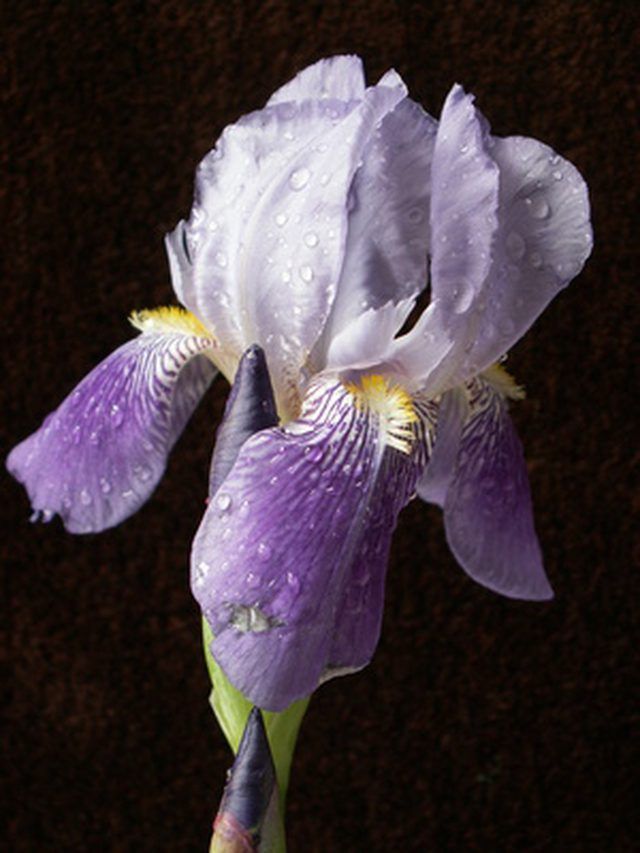Bulbs
Flower Basics
Flower Beds & Specialty Gardens
Flower Garden
Garden Furniture
Garden Gnomes
Garden Seeds
Garden Sheds
Garden Statues
Garden Tools & Supplies
Gardening Basics
Green & Organic
Groundcovers & Vines
Growing Annuals
Growing Basil
Growing Beans
Growing Berries
Growing Blueberries
Growing Cactus
Growing Corn
Growing Cotton
Growing Edibles
Growing Flowers
Growing Garlic
Growing Grapes
Growing Grass
Growing Herbs
Growing Jasmine
Growing Mint
Growing Mushrooms
Orchids
Growing Peanuts
Growing Perennials
Growing Plants
Growing Rosemary
Growing Roses
Growing Strawberries
Growing Sunflowers
Growing Thyme
Growing Tomatoes
Growing Tulips
Growing Vegetables
Herb Basics
Herb Garden
Indoor Growing
Landscaping Basics
Landscaping Patios
Landscaping Plants
Landscaping Shrubs
Landscaping Trees
Landscaping Walks & Pathways
Lawn Basics
Lawn Maintenance
Lawn Mowers
Lawn Ornaments
Lawn Planting
Lawn Tools
Outdoor Growing
Overall Landscape Planning
Pests, Weeds & Problems
Plant Basics
Rock Garden
Rose Garden
Shrubs
Soil
Specialty Gardens
Trees
Vegetable Garden
Yard Maintenance
Why Don't Iris Bulbs Bloom Every Year?
Why Don't Iris Bulbs Bloom Every Year?. If your recently planted iris bulbs are not producing blooms, or if your well-established plants seem to not bloom as often as they used to, there can be several causes. Iris are a hardy species that will flourish in well-drained soil and good weather conditions, but sometimes their blooming cycle can slow...

If your recently planted iris bulbs are not producing blooms, or if your well-established plants seem to not bloom as often as they used to, there can be several causes. Iris are a hardy species that will flourish in well-drained soil and good weather conditions, but sometimes their blooming cycle can slow down.
Planting Depth
Your bulbs might be planted too deep. Iris bulbs look a bit different than other teardrop-shaped bulbs (like daffodils). The bulb part of the iris looks almost like a long sweet potato, and is called a rhizome. Itís important to plant the rhizome near the top of your soil, with only the roots extending underneath into the soil. The University of Illinois Extension recommends that "the soil should not cover the rhizome, but should hug the sides of it."
Separation
Iris bulbs can get too crowded as the years pass, which prevents them from getting the nutrients they need to bloom. Many gardening websites recommend separating your iris every 3 to 5 years. This should be done after the iris have finished their blooming cycle (if there is one), but well before frost so as to give them time to reestablish healthy roots.
Soil Acidity
Iris bulbs vary in the type of soil they prefer. Some prefer soil that has a bit more acidity while other bulbs prefer a neutral, or slightly alkaline soil. You can get your local Extension Agency to perform a soil test to see what type of soil you have, and therefore what additives you might need to use to encourage your iris to bloom.
Weather
Iris need good sunlight and adequate amounts of rainfall to thrive. If your plants are in a shady area, try moving them to a sunnier spot. If you are experiencing drought or unusually hot weather for long periods, water them well in the evenings.
Location
C and T Iris Patch advises that you need to be aware of your climate zone. "Reblooming irises that might rebloom in warmer zones donít rebloom in cooler zones." It also helps to know what blooming cycle is appropriate for your iris. Not all varieties bloom every year.